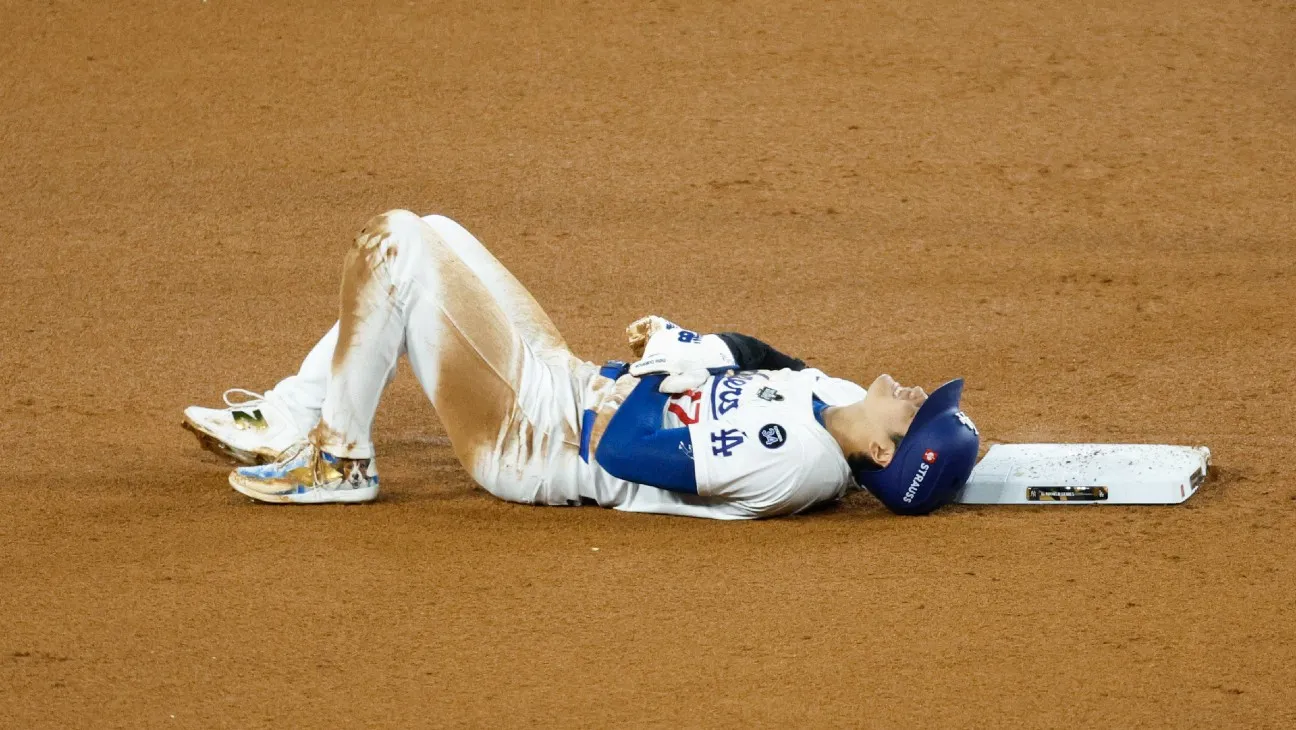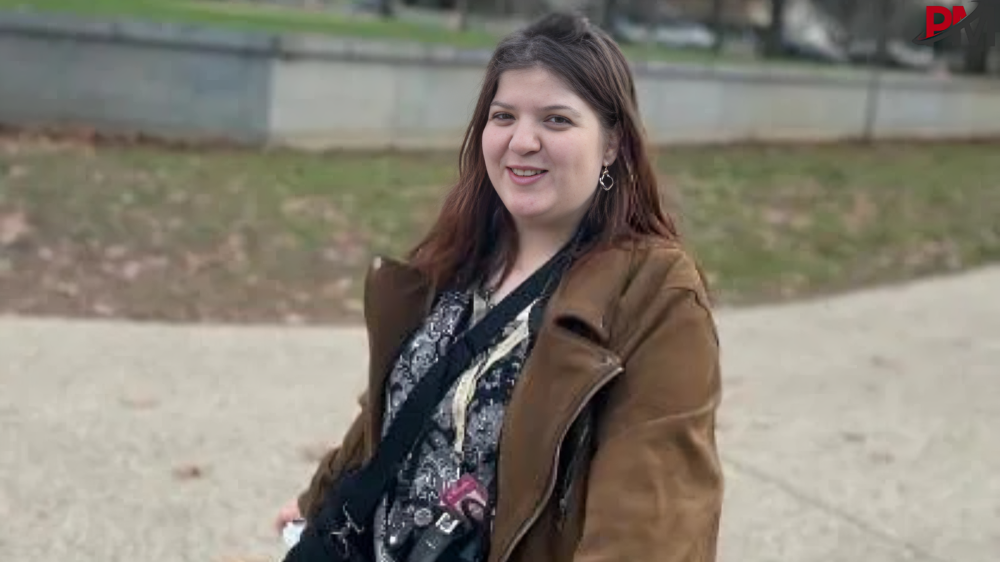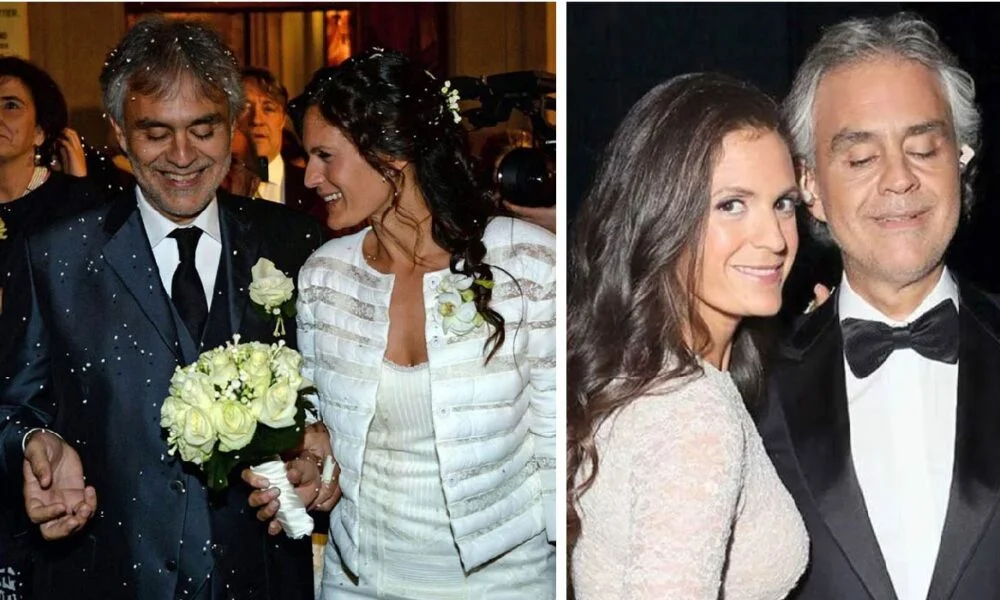Shohei Ohtani Injury: A Comprehensive Analysis of the Impact and Recovery
Shohei Ohtani, often referred to as the “Japanese Babe Ruth,” has captured the hearts of baseball fans worldwide with his extraordinary two-way abilities as a pitcher and hitter. However, injuries have been a recurring challenge in his career, raising concerns about his long-term potential and the impact on his team. In this article, we delve deep into Shohei Ohtani’s injury history, its implications, and what the future holds for this baseball phenomenon.
Early Career and Initial Injury Concerns
Shohei Ohtani’s rise to stardom began in Japan, where he played for the Hokkaido Nippon-Ham Fighters in Nippon Professional Baseball (NPB). His exceptional talent as both a pitcher and hitter quickly made him a sensation. However, even during his early years, Ohtani faced injury concerns, including ankle and hamstring issues that limited his playing time.
Transition to MLB
When Ohtani joined Major League Baseball (MLB) in 2018, signing with the Los Angeles Angels, the excitement was palpable. His debut season showcased his potential, but it also highlighted the physical toll of being a two-way player. Early in his MLB career, Ohtani experienced elbow discomfort, which led to his first major injury setback.
The 2018 UCL Injury and Tommy John Surgery
In 2018, Ohtani was diagnosed with a torn ulnar collateral ligament (UCL) in his pitching arm, a significant injury for any pitcher. Despite this, he continued to contribute as a hitter while undergoing treatment. Ultimately, he underwent Tommy John surgery in October 2018, sidelining him as a pitcher for the entire 2019 season.
Recovery and Return to the Mound
Ohtani’s recovery from Tommy John surgery was closely monitored by fans and analysts. While he resumed hitting duties in 2019, his return to pitching was delayed until 2020. Unfortunately, his pitching comeback was short-lived due to recurring arm discomfort, raising questions about his dual-role viability.
The 2021 Breakout Season
Despite the setbacks, Ohtani’s 2021 season was nothing short of historic. Fully healthy, he excelled both on the mound and at the plate, becoming the first player in MLB history to be named an All-Star as both a pitcher and hitter. However, the physical demands of his dual role remained a topic of discussion.
Managing Workload
The Angels implemented a carefully managed schedule to minimize Ohtani’s injury risk. This included limiting his pitching innings and providing rest days around his starts. While this approach proved effective in 2021, it underscored the challenges of balancing his unique skill set with injury prevention.
Recent Injuries and Their Impact
In the 2023 season, Ohtani’s health again became a concern. Reports of arm fatigue and oblique strains raised alarms among fans and the Angels organization. The most significant development came when he was diagnosed with a second UCL tear, requiring another round of surgery.
The Decision for Surgery
Unlike his first UCL injury, the decision for a second Tommy John surgery was met with mixed reactions. Some questioned whether Ohtani should continue as a two-way player, while others emphasized his importance to the sport. The surgery marked another chapter in his injury journey, with implications for his career trajectory.
Implications for the Angels and MLB
Ohtani’s injuries have had a profound impact on the Los Angeles Angels. As a franchise cornerstone, his availability directly influences the team’s performance and playoff aspirations. Beyond the Angels, Ohtani’s health is a matter of interest for MLB as a whole, given his global appeal and marketability.
Financial and Contractual Considerations
Injuries have also affected Ohtani’s market value. As he approaches free agency, teams must weigh his injury history against his unparalleled talent. Despite the risks, Ohtani remains one of the most sought-after players in baseball, with the potential for record-breaking contracts.
The Road to Recovery
Ohtani’s recovery process is expected to be rigorous, involving months of rehabilitation and careful monitoring. His determination and work ethic have been evident throughout his career, giving fans hope for another triumphant return.
Potential Adjustments to His Role
To reduce the risk of future injuries, some analysts have suggested that Ohtani focus on either pitching or hitting. While this would limit his two-way contributions, it could prolong his career and maximize his impact in one area.
Lessons from Ohtani Injury History
Ohtani’s injury journey highlights the physical demands of professional baseball, especially for a two-way player. It underscores the importance of workload management, advanced medical care, and the resilience required to overcome setbacks.
Advances in Sports Medicine
Ohtani’s case has also brought attention to advances in sports medicine, including surgical techniques and rehabilitation methods. His ability to return to elite performance after major surgeries is a testament to these advancements.
The Future of Two-Way Players
Shohei Ohtani’s career has redefined what is possible in baseball. Despite his injuries, he has inspired a new generation of players to pursue two-way roles. The lessons learned from his journey will shape how teams develop and manage such players in the future.
Balancing Innovation and Tradition
While Ohtani’s success has challenged traditional baseball roles, it has also raised questions about sustainability. Teams must find ways to support two-way players without compromising their health or performance.
Conclusion
Shohei Ohtani’s injuries are a reminder of the challenges faced by athletes pushing the boundaries of their sport. His resilience and determination to return stronger have made him a symbol of hope and inspiration. As fans, we can only admire his journey and look forward to witnessing the next chapter in his remarkable career.
In the ever-evolving landscape of baseball, Shohei Ohtani stands as a testament to human potential and the enduring spirit of the game. His story is far from over, and his impact on the sport will be felt for generations to come.




Post Comment